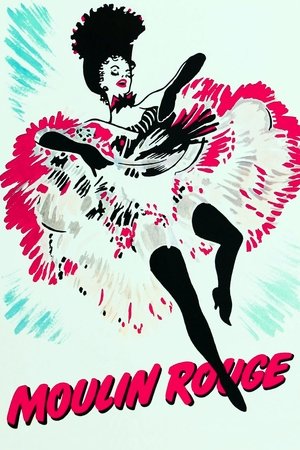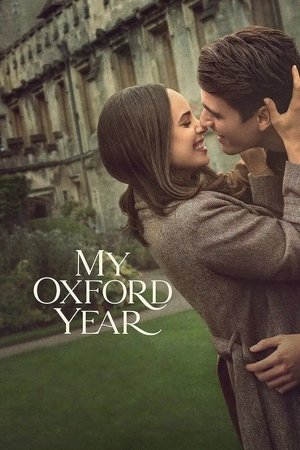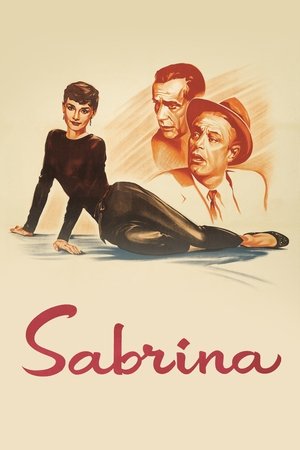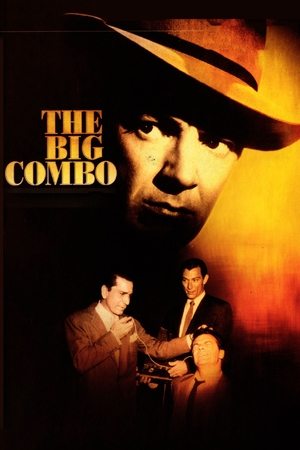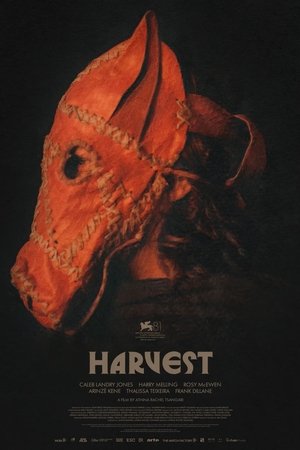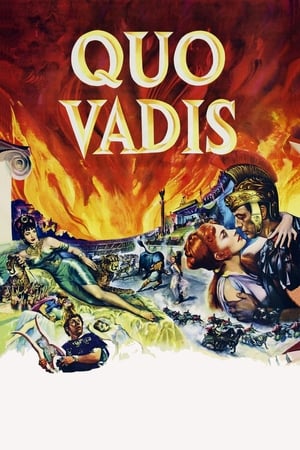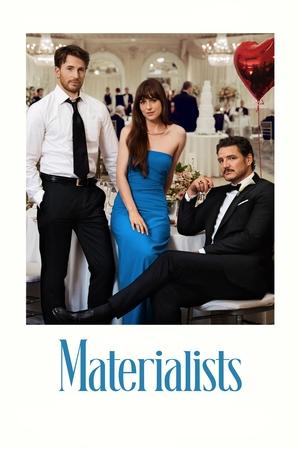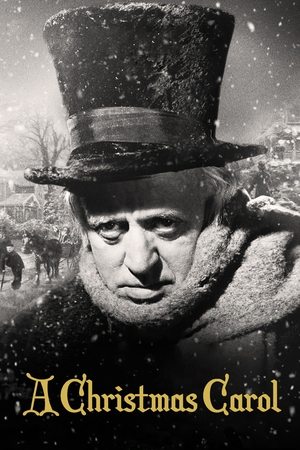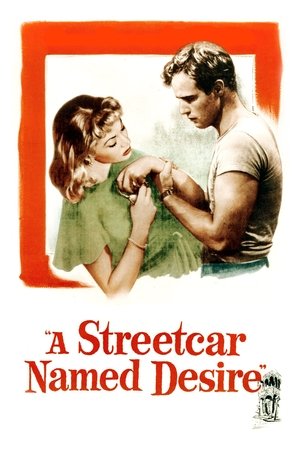Moulin Rouge (1952)

| Director | John Huston |
| Cast | Charles Carson, Christopher Lee, Claude Nollier, Colette Marchand, Diane Cilento |
| Year | 1952 |
| Country | United Kingdom |
| Genres | Drama |
| Duration | 119 min |
| Release | 23 Dec 1952 |
| Language | Français |
| Revenue | N/A |
| Trailer | Watch Trailer |
Synopsis
In 1890 Paris, Moulin Rouge is a nightclub where crippled artist Toulouse-Lautrec feels like he fits in. In the following years, he meets two women who provide an opportunity for him to find true love.
Set in the vibrant and bohemian district of Montmartre in 1890 Paris, “Moulin Rouge” is a film that takes viewers on a journey into the dazzling world of one of the city’s most famous nightclubs. This atmospheric location serves as a sanctuary for the characters, including the notable artist Henri de Toulouse-Lautrec. Known for its exuberant can-can dancers and lively entertainment, Moulin Rouge becomes more than just a backdrop; it is an integral part of the narrative that reflects the ethos of freedom and creativity that pervades the film.
At the heart of “Moulin Rouge” is Toulouse-Lautrec, played with remarkable depth and nuance. Despite his physical limitations, he finds acceptance and inspiration within the walls of this legendary nightclub. It serves as a haven where he can express himself freely and where his differences are not just accepted but celebrated. The film portrays his life, struggles, and his insatiable quest for love and belonging, themes that resonate deeply with the audience.
The narrative unfolds with Toulouse-Lautrec meeting two women who drastically alter the course of his life. Each relationship challenges and shapes him, offering a glimpse of the love he so desperately seeks. The film’s exploration of these complex relationships is both poignant and compelling, offering insight into the emotional turmoil and ecstasy that define the human experience. Toulouse-Lautrec’s journey is one of passion and heartbreak, set against the backdrop of a society that is both enchanting and unforgiving.
Directed by John Huston, the film is a masterpiece of storytelling and visual artistry. Known for his ability to bring complex narratives to life, Huston crafts a film that is as much about the inner world of its characters as it is about the vibrant setting they inhabit. His direction ensures that every frame is imbued with emotion and meaning, making “Moulin Rouge” a cinematic experience that lingers with the audience long after the credits roll. The film is further enriched by its talented cast, including José Ferrer, who delivers a notable performance as Toulouse-Lautrec, capturing the artist’s spirit and struggles with authenticity and grace.
“Moulin Rouge” is a film that defies simple categorisation, blending elements of drama, romance, and historical biopic. This genre fusion is part of what makes the film so enduringly popular, appealing to a wide range of viewers. Its portrayal of the bohemian lifestyle and the artistic community of late 19th-century Paris is both romantic and gritty, capturing the spirit of an era that was defined by its creativity and its contradictions.
With a strong IMDb rating, “Moulin Rouge” has earned critical acclaim and a lasting legacy in the world of cinema. Its success can be attributed to its compelling narrative, rich character development, and the masterful direction of John Huston. The film’s ability to transport viewers to another time and place, while exploring timeless themes of love, acceptance, and artistic expression, is a testament to its enduring appeal.
For those interested in learning more about the film and its impact, a detailed exploration can be found at Moulin Rouge (1952) This source provides further insights into the film’s production, its reception, and its place in cinematic history.
In conclusion, “Moulin Rouge” is a film that captivates with its rich storytelling and evocative portrayal of a bygone era. It is a testament to the power of cinema to explore the complexities of the human condition, set against a backdrop that is as vibrant and dynamic as the characters themselves. For anyone seeking a film that combines historical authenticity with emotional depth, “Moulin Rouge” remains a timeless classic that continues to resonate with audiences around the world.

